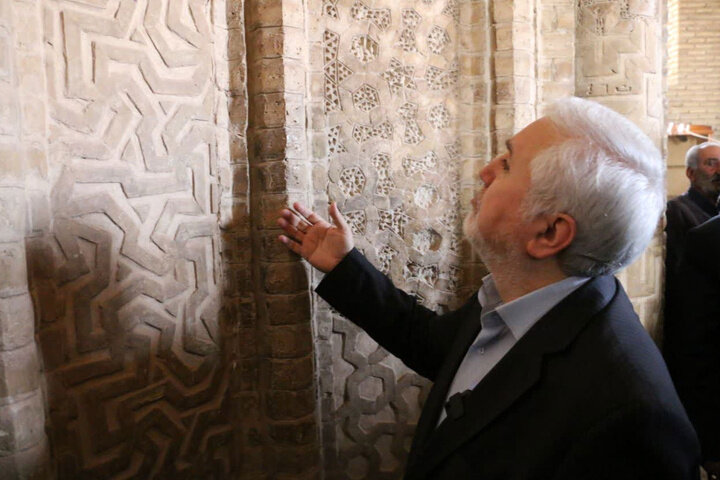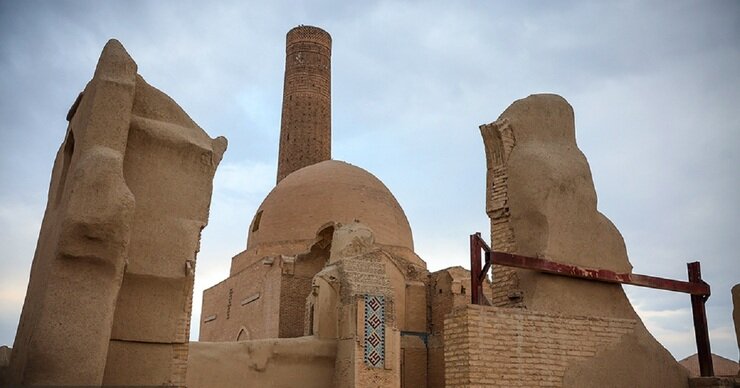Bersian Mosque well qualified for UNESCO status, official suggests

TEHRAN - Ali Darabi, Iran’s deputy minister for cultural heritage, has expressed optimism about the potential of the 11th-century Bersian mosque to earn a UNESCO World Heritage designation.
During a visit to the historical mosque on Sunday, Darabi highlighted its distinctive architectural design and unique decorations as a testament to the rich history of the Bersian village, where the mosque is named after.
According to Darabi, those features make the mosque a strong candidate for UNESCO recognition.
“Bersian Mosque, with over 950 years of history, stands as a testament to the region’s deep-rooted civilization,” Darabi said.
The modest yet impressive mosque, particularly known for its striking minaret, has long been regarded as an architectural jewel of central Iran, embodying the rich heritage of the region.

According to inscriptions, the Bersian Mosque was built in 1105, while its minaret dates back to 1098, during the reign of Barkiyaruq, the fifth sultan of the Seljuk Empire, who ruled from 1094 to 1105.
The minaret, believed to be the fourth oldest in Iran with an inscription, stands at 34 meters high. Its lower section features plain brickwork, while the upper part is adorned with decorative brick patterns.
The mosque itself is renowned for its masterful brickwork, a remarkable mihrab, and intricate stucco decorations. The brickwork and dome design closely resemble those of the Taj ol-Molk Dome in Isfahan’s Jameh Mosque, leading some to believe that both structures may have been designed by the same architect.
During the reign of Tahmasp I, the second Safavid king, a courtyard and an iwan were added to the mosque’s northern side, enhancing its architectural significance.
The mosque is located in the village of Bersian in Isfahan province, central Iran.
AM
Leave a Comment